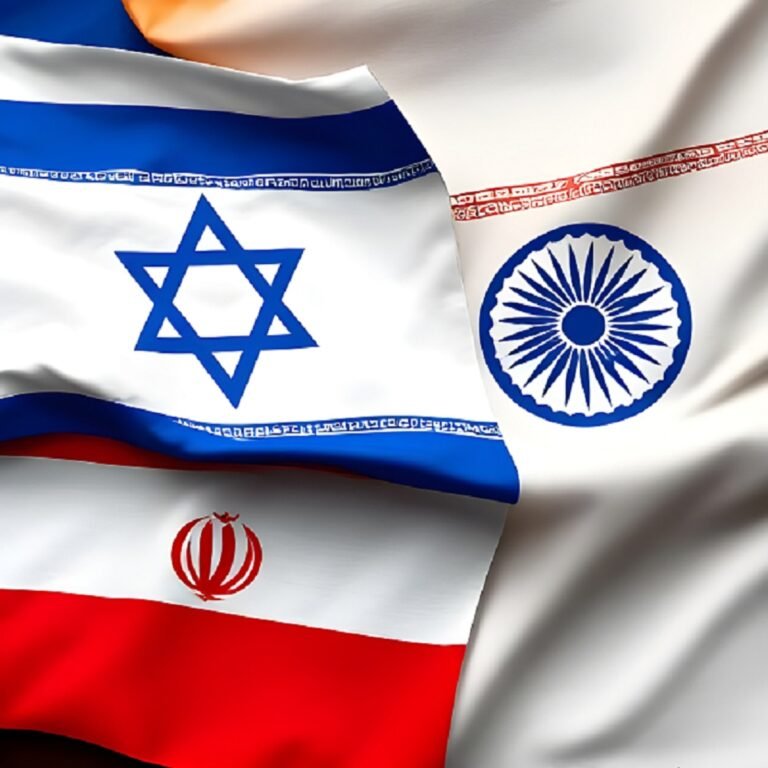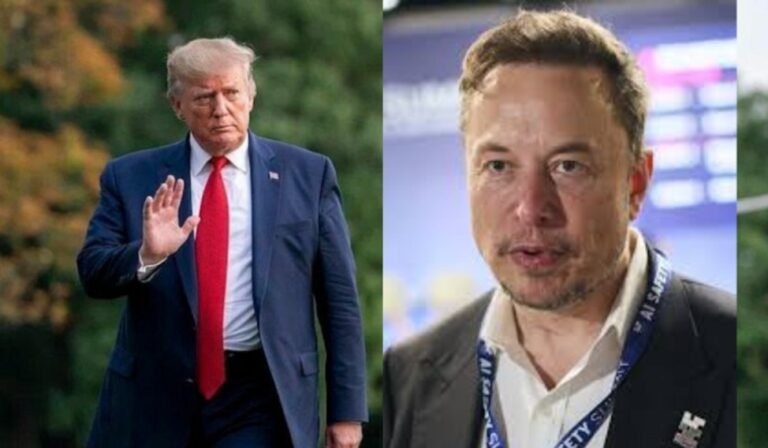What is the Biggest Threat to the World in 2025? The world in 2025 faces a highly interconnected and multifaceted set of risks, with several potential global threats looming on the horizon. As geopolitical tensions, climate change, technological advances, and economic uncertainty converge, experts warn that the cumulative impact of these issues could create a “perfect storm” of challenges.
Oliver Jones, EY Global Strategy Leader, points out that the sheer number and interconnectedness of these risks make them even more dangerous. According to Jones, global economic pressures such as a growing tariff war, escalating US-China tensions, and the persistent threat of populism and political instability in major European nations could destabilize the international order. These political and economic challenges are further compounded by issues such as rising inflation, weak global growth, unsynchronized technology regulations, and continuing conflicts in Ukraine and the Middle East. Add to this the long-term threats like climate change and the pressures of international migration, and the risks become even more pronounced. These challenges are not hypothetical but are tangible and growing, which makes their impact more likely to manifest in the near future.
Tina Fordham, a geopolitical strategist, emphasizes the dangers of what she calls “Geopolitical Risk Denialism,” a mindset that underestimates how global risks can impact even the most powerful nations. Fordham argues that in a world that has largely been free from direct conflict for developed nations like the United States, there’s a tendency to disregard how global events could affect domestic security and prosperity. This blind spot, she warns, poses a significant risk, especially as geopolitical tensions rise and conflicts that were once thought to be distant become more interconnected and impactful.
Christian Mölling, director at Bertelsmann Stiftung, highlights another key concern: the failure to recognize the interconnected nature of today’s risks. Mölling points to the growing cooperation between China, Russia, Iran, and North Korea, a group known as the CRINK alliance. He argues that the West’s inability to effectively address this alliance and its influence is due to a misguided prioritization of threats. The interactions among these nations create a complex risk environment where the threats they pose to Western interests are amplified, forcing a need for comprehensive, coordinated solutions that are forward-thinking rather than reactive.
Marco Vicenzino, a global strategy advisor, sees the fragmentation of the international order as a primary challenge moving forward. As the world becomes more divided, the influence of autocracies like China and Russia will grow, further complicating the geopolitical landscape. The rise of non-state actors, both in the virtual and physical realms, will disrupt traditional power structures. Vicenzino also highlights the growing role of the Global Rest, comprising countries from the Global South, and how they are increasingly forced to navigate competing interests. Larger nations such as India and Indonesia will hold more leverage, allowing them to strategically engage with global powers to further their own national interests.
The picture painted by these experts reveals a volatile and uncertain future where no single threat can be addressed in isolation. The interconnectedness of global risks—spanning economic, political, technological, and environmental dimensions—demands that leaders and organizations take a more holistic and proactive approach to safeguard global stability. As the world moves deeper into 2025, it will be crucial to recognize the interdependent nature of these challenges and act with the foresight and cooperation needed to mitigate their impact.








